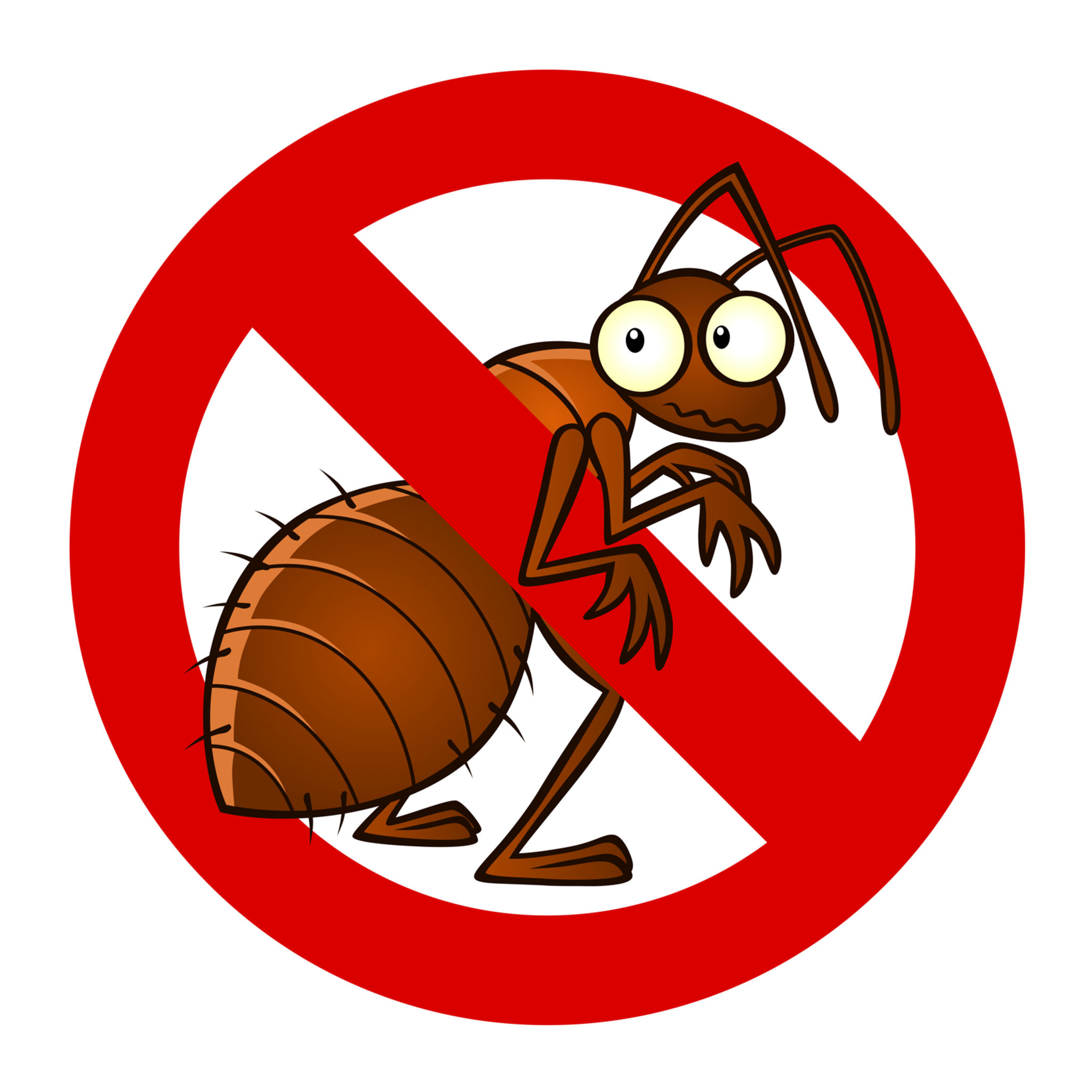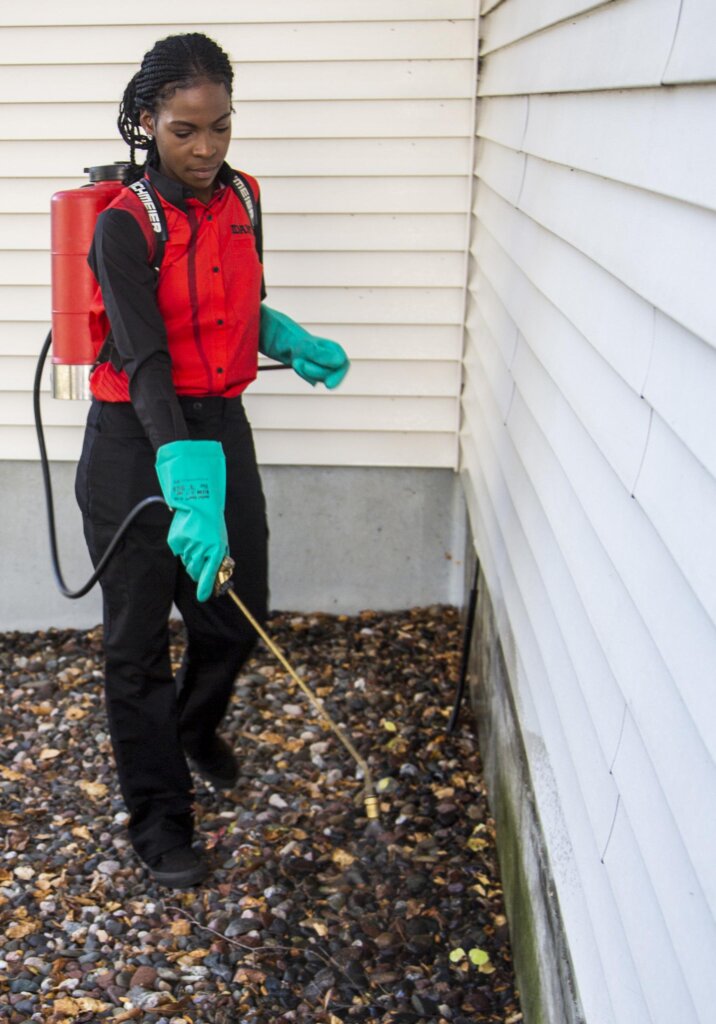Reliable A1 Bed Bug Exterminator Charlotte - Eliminate Bed Bugs Quick
Reliable A1 Bed Bug Exterminator Charlotte - Eliminate Bed Bugs Quick
Blog Article
Bed Pest Treatment Breakdown: Contrasting Chemical Vs. Non-Chemical Solutions
In the realm of pest control, specifically when managing the relentless problem of bed bugs, the selection between chemical and non-chemical therapy remedies can be an essential one. Both methods supply unique benefits and disadvantages, influencing variables such as efficiency, safety and security considerations, and overall cost. By examining the nuanced information of each method, a more clear understanding of which course to pursue in resolving a bed bug problem can be attained.
Effectiveness of Chemical Treatments
Chemical therapies for bed pest problems have actually been extensively identified for their potent and rapid effectiveness in eliminating these parasites. When taking into consideration the effectiveness of chemical treatments, it is crucial to comprehend that they can provide a extensive and quick service to a bed insect issue.
Additionally, chemical therapies have the advantage of providing residual effects, meaning that they can continue to remove bed pests even after the preliminary application. This residual action is specifically valuable in combating any kind of potential re-infestations. Additionally, the quick activity of chemical treatments can bring relief to people dealing with severe bed pest problems, enabling them to reclaim control of their home rapidly.
Safety And Security Interest In Chemical Solutions
One crucial facet that requires cautious factor to consider when utilizing chemical remedies for bed bug treatment is making certain the safety and security of passengers and the environment. While chemical therapies can be effective in eradicating bed bugs, they might posture risks otherwise handled correctly. Among the key safety and security interest in chemical options is the possible harm they can cause to human wellness. Exposure to specific chemicals utilized in bed pest therapies can lead to respiratory system issues, skin inflammation, or various other damaging responses, specifically in people with pre-existing conditions or sensitivities. In addition, inappropriate application or dosage of chemical pesticides can lead to poisonous deposits sticking around in the cured location, posing long-lasting health and wellness dangers to passengers.
Furthermore, the environmental impact of chemical options is an additional substantial factor to consider. Some pesticides used in bed pest therapies might be damaging to useful bugs, wildlife, and ecological communities if they seep right into the soil or water supply. It is important to make use of chemical treatments sensibly, adhering to security guidelines, and taking into consideration less poisonous options to mitigate these threats and make sure the safe and effective management of bed insect infestations.
Benefits of Non-Chemical Methods
Thinking about the possible safety concerns and environmental effect connected with chemical solutions for bed bug treatment, exploring non-chemical techniques offers a promising alternative with several distinct benefits. Non-chemical treatments are ecologically pleasant, as they do not contribute to air or water contamination, making them a sustainable option for insect control.
Additionally, non-chemical remedies can be efficient in targeting bed bugs, consisting of hard-to-reach areas where chemical treatments may not pass through - A1 exterminators charlotte nc. Approaches such as heat treatment, vacuuming, vapor cleaning, and cushion encasements give extensive removal without the use of dangerous chemicals.
Limitations of Non-Chemical Treatments

Furthermore, non-chemical treatments usually need multiple applications to achieve effective obliteration. This can be lengthy and may not constantly assure total elimination of all bed insects and their eggs, particularly in hard-to-reach or hidden areas.
In addition, the success of non-chemical therapies heavily counts on proper implementation and thoroughness, which can be testing for individuals without specialist know-how. Insufficient application of non-chemical approaches might result in insufficient removal, leading to consistent problems and the requirement for additional treatments.
As a result, while non-chemical therapies have their benefits, it is important to acknowledge these constraints and consider them when identifying one of the most effective technique for handling bed pest infestations.
Price Comparison: Chemical Vs. Non-Chemical Options
Provided the constraints related to non-chemical therapies, an essential facet to evaluate in the context of bed insect administration is the cost comparison in between chemical and non-chemical alternatives. Chemical treatments normally involve the application of pesticides by experts, which can vary from $250 to $900 per room, depending upon the intensity of the problem and the size of the area to be treated. On the other hand, non-chemical therapies like heat therapy or vapor can be more expensive, with expenses ranging from $1,000 to $6,000 for a whole home. While the initial cost of chemical treatments may seem reduced, numerous treatments may be needed to completely remove the infestation, potentially boosting the general price. On the various other hand, non-chemical alternatives might supply a much more sustainable and eco-friendly remedy, although they can be cost-prohibitive for some individuals. Ultimately, when considering the cost of bed bug therapy alternatives, it is crucial to consider the ahead of time costs against the effectiveness and long-term sustainability of the selected technique.
Conclusion

Taking into consideration the possible security concerns and ecological effect associated with chemical solutions for bed bug therapy, exploring non-chemical approaches offers an appealing alternative with a number of unique advantages.Provided the limitations linked with non-chemical treatments, a vital aspect to review in the context of bed insect management is the expense comparison between chemical and non-chemical choices. In contrast, non-chemical treatments like warm treatment or heavy steam can be much more pricey, with expenses varying from $1,000 to $6,000 for an entire home. While the first cost of chemical therapies may appear lower, numerous treatments might be required to completely eradicate the problem, potentially raising the overall expense.In conclusion, when comparing chemical and non-chemical bed pest treatment alternatives, it is necessary to consider efficiency, safety and security, benefits, restrictions, and cost.
Report this page